4 Things You Must Know About Solar
"The profit margins in solar power are outrageous! They want to charge me $6000 (when you include the rebate) when the wholesale price of the panels and inverter is only $2000! Even if it costs them $1000 to install, That's still almost a 100% mark up! This is highway robbery! I'll just wait until the prices come down and there is more competition to drive out the gougers."
#1: The profit margins in solar power make it a money-printing scam for all installers.The Truth: The profit margins in solar power make it a money-printing scam for the WORST installers.
The Truth explained: For the solar power installers who are in it for the long run, the reputable, honest, hard-working ones who know what they are doing, the margins are not astronomical by any means.
The good guys have to do things that all REAL business do: hire staff, train staff, buy the latest technology and equipment, pay 10% GST, pay for insurance, invest in customer service and put aside a percentage of their revenue to service future warranty claims.
All these things cut deeply into that "almost 100% markup". Of course, they are making a profit or they wouldn't be able to stay in business, but the ones who do it right are not "cranking out hundred dollar bills like a counterfeiter".Who is cranking out hundred dollar bills? The cowboys.
The disreputable installers who have poured into the solar power industry DO make a killing.Because they know that they can bang the cheapest possible system on your roof and then forget about you. For THEM, solar power is a licence to print money.
Which is why you need to make sure you're doing business with a fully insured, accredited, REAL installer in it for the long haul and not some cowboy.And please don't fall into the trap of thinking that, just because the company can afford a full page ad in your local paper or a 60 second slot on TV that they must be reputable.
There are many, one and two man bands out there that are doing a fantastic job of serving customers and installing good quality systems built to last.And there are at least half a dozen companies spending big on newspaper TV and radio adverts who appear to be in for a quick buck whilst the rebates are good.
They are selling no-name inverters and panels at knock down prices and will leave it up to you to connect your system to the grid!Yes that's right. Despite advertising their systems as fully installed, they don't appear to want the expense or hassle of actually arranging to connect your system to the grid so you can actually use it.
So how do you sort the good guys from the rest?1) Check their ABN with ASIC. Look up their address. Then Google that address to see if they have operated under a different name recently. If they change their name every 5 minutes that is a bad sign.
2) See what previous customers think of them: google search their name and reviews.3) Search their name on Whirlpool.net.au where a lot of solar customers swap stories Hint: Google "Whirlpool [company name]" to see the no holds barred feedback.
4) Remember. If a solar power offer seems too good to be true…(This article was provided by Finn Peacock – an independent Australian Solar Specialist).
Why Queensland is Perfect for Solar Energy
So you’ve been thinking about investing in a photovoltaic solar energy system but are not sure whether or not you can generate enough energy from the sun for your needs? Well thankfully, if you are fortunate enough to call Queensland home, there is not a better place on this planet to be collecting the sun’s energy for your own power consumption.
What is Photovoltaic?
The word photovoltaic (PV) is comprised of two root terms: Photo, which comes from “photon” and refers to “light”, and Voltaic which comes from “Volt” and refers to the unit of measure for electric potential. Basically, PV systems use cells to harness the sun’s energy and convert it into electricity. PV cells, also known as solar panels, are silent, non-polluting generators that utilise a renewable and free source of energy.
So Just How Much Sun Do We Get Here?
A couple of years ago the government of Queensland, in partnership with the William J. Clinton Foundation’s Clinton Climate Initiative, commissioned Parsons Brinckerhoff to develop the Queensland Concentrating Solar Power prefeasibility report. The primary purpose of the report was to determine the feasibility of deploying solar power plants on a grand scale in Queensland. The results of the study clearly showed that Queensland’s solar resources (quality and quantity) are superior to that of the top solar regions in the world, i.e., Nevada in the United States and Granada in Spain. Large-scale solar generation has already been proven to be commercially viable in those regions. It has long been known that Australia has the highest solar radiation (per square metre) of any continent in the entire world.
Will It Be There When I Need It?
As you might guess, the amount of energy coming from the sun does vary by season, although the variation is quite minimal in Queensland, especially compared to other parts of the world. Thankfully this seasonal variation, albeit minimal, correlates directly with peak demand periods. Air conditioning loads cause the greatest demand for electricity by far. Luckily for us, this coincides with the time that the sun’s resources are at their most abundant – so you’ll have access to solar power when you need it the most.
Queensland Hailed as ‘Super State’
A recent report from Queensland’s Climate Commission claims that Queensland is a renewable energy ‘super state’. The report reveals that the output of the state’s solar energy has doubled over the previous two years. Queensland’s installed solar photovoltaic capacity is the largest in Australia and comes in at over 475 megawatts. Today, over 200,000 households and businesses in Queensland have solar panels installed.
Why Should I Care?
Besides all the money that you can save, converting to clean and renewable energy from the sun is good for the planet. Queensland’s Climate Commission’s report also pointed out that the state has ‘significant vulnerabilities’ relative to sea level rises. Approximately 85 per cent of Queenslanders live on or near the coast and climate experts expect the global sea level to rise by 50cm to 100cm by 2100. Alarmingly, in the Torres Strait, the sea level is rising at a rate of 6mm a year, which is twice the global average.
So whether you simply want to rid yourself of huge, growing bills from the power company or you are looking to help the planet, converting to solar power really is a no brainer if you live in Queensland. Talk to a professional today and then put pencil to paper and you will likely find that your return on your investment will happen quicker than you thought possible.
How to Attack Energy Costs at Both Ends
Reduce and Even Eliminate Energy Bills
In the media, residential solar power often gets all the publicity. However, thousands of businesses in Australia are quietly turning to commercial solar power. For many business owners, the cost of power has been steadily increasing; this directly affects the bottom line—especially for companies that need a lot of power.
Based on figures from electricity company Switchwise, electricity prices are likely to double in the next ten years in Australia. The major cause is a predicted sharp increase in demand from residential property owners who are installing energy-guzzling air conditioning units, dishwashers, and flat screen televisions. Also—with Australia’s population forecast to grow significantly, this will increase demand for electricity. The knock-on effect will mean higher commercial power prices.Fortunately, business owners and decision makers can be proactive and significantly reduce their power bills. The first step is to complete an internal energy audit. Business owners are often extremely surprised to discover they can dramatically reduce power consumption by making some relatively simple and inexpensive changes.
Most Australian businesses are located in areas without tree cover. This presents a perfect environment for the installation of commercial solar power. For example, if your business has a large roof area, then solar panels can often be installed easily and quickly. Depending on the business, three outcomes are possible with commercial solar power.- Dramatic reduction in power bills.
- ‘Zero-sum’ so power costs drop to zero averaged over 12 months.
- The company generates ‘excess’ electricity that can be sold to the power company. The power company writes a cheque to the business every month.
Each outcome presents a powerful result for any business.
Many business owners are surprised to discover that solar power is affordable and that savings can start quickly. To discover more about how to reduce commercial power consumption dramatically, contact a SolarGreen representative.Welcome to the SolarGreen Solar Power Blog
Welcome to the SolarGreen Solar Power blog!
Visit us often to read notes from the field, browse our photos and videos, hear the latest about solar power, and keep up on what’s new at the Solar Green HQ.
Stay tuned!The SolarGreen Team



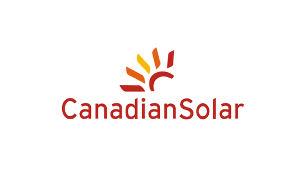)
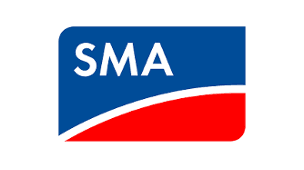)
)
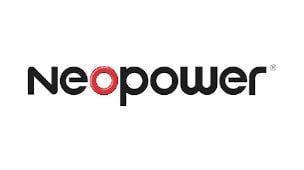)
)
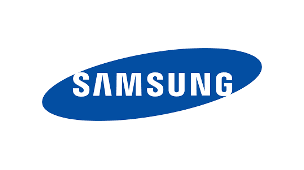)
)
)
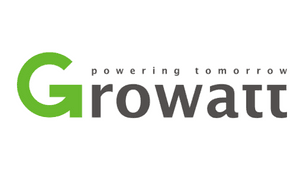)
)
)
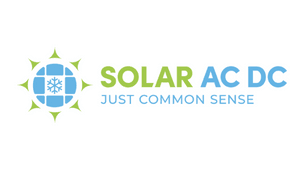)
)
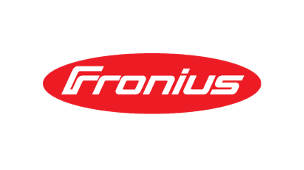)
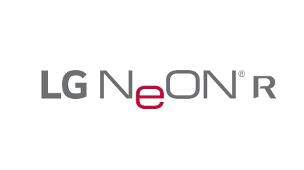)
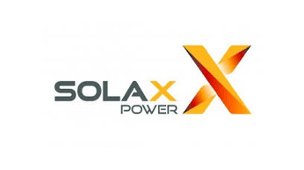)
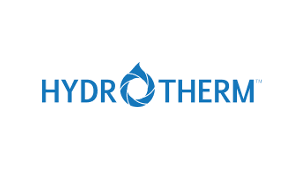)
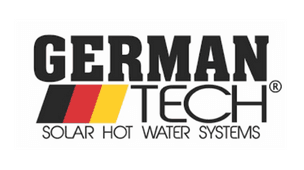)
)
)
)
)
)

